Hookwood and Povey Cross are on the western outskirts of Horley and are beside Gatwick airport. Many international hotels are situated here as is Tesco Hookwood (built on the site of an old brickworks factory).1 Several large housing developments are planned here.
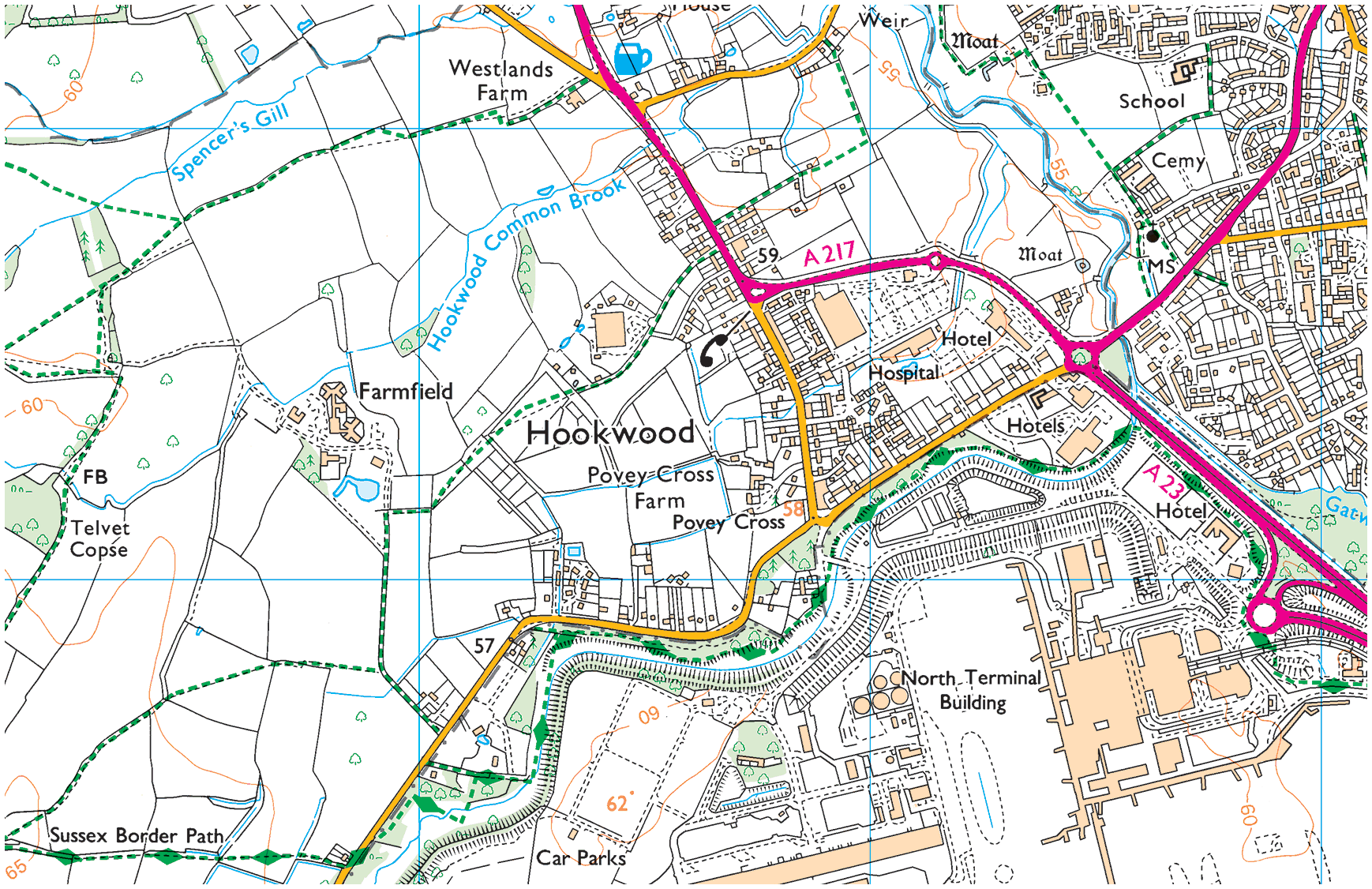
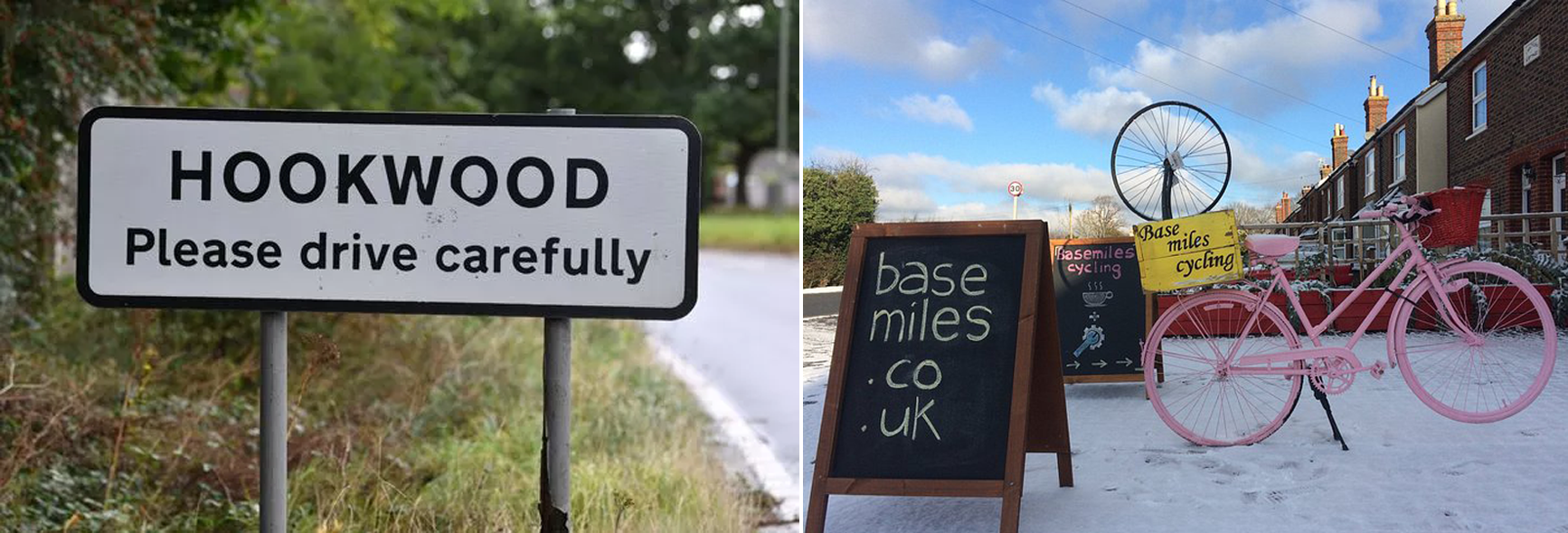
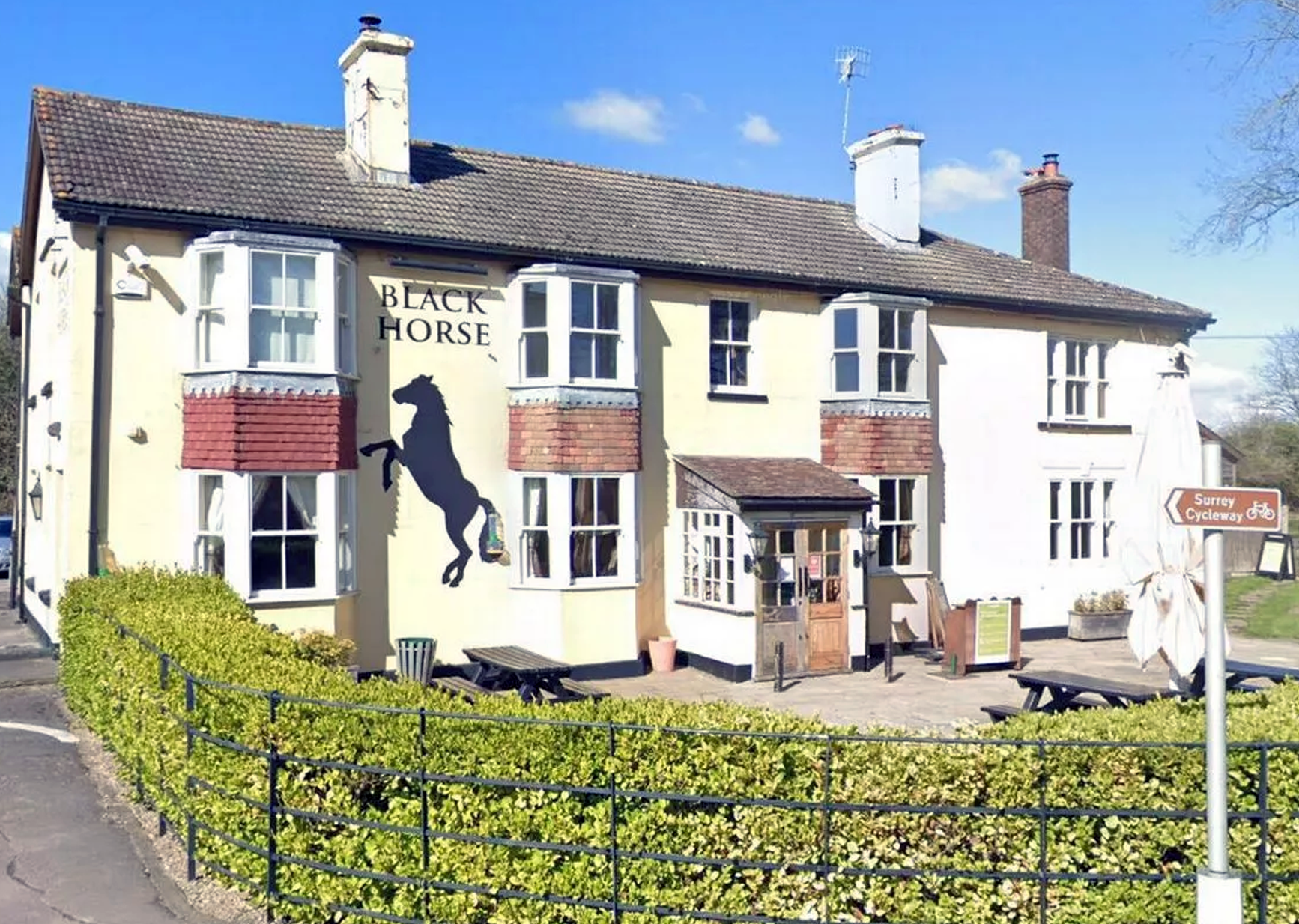
Contact HH&M
HH&M’s services
- Assembling things →
- Building & Maintenance →
- Decorating & Painting →
- Gardening & Groundworks →
- Moving things →
Get a free quote
Horley by area
Although Horley does not have named-on-road-sign neighbourhoods—like Crawley does—the following areas are commonly referred to:
01. Hookwood/Povey Cross
Hookwood/Povey Cross →
Hookwood and Povey Cross are on the western outskirts of Horley. Many international hotels are situated here as is Tesco Hookwood. Several large housing developments are planned here. Hookwood and Povey Cross are directly beside the airport.
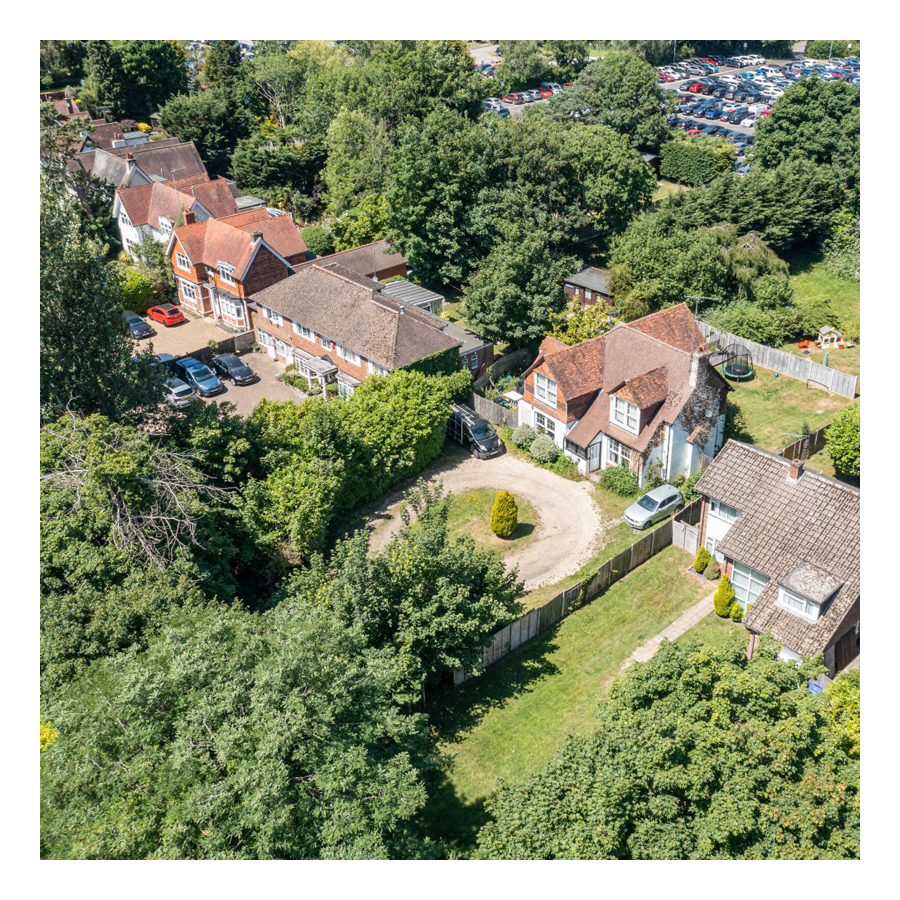
02. Gardens Estate
Gardens Estate →
Gardens Estate is very close to Gatwick airport and those working at LGW can easily access the terminal building via footpaths from the recreational area, Riverside Garden Park via the underpass of Gatwick airport station.
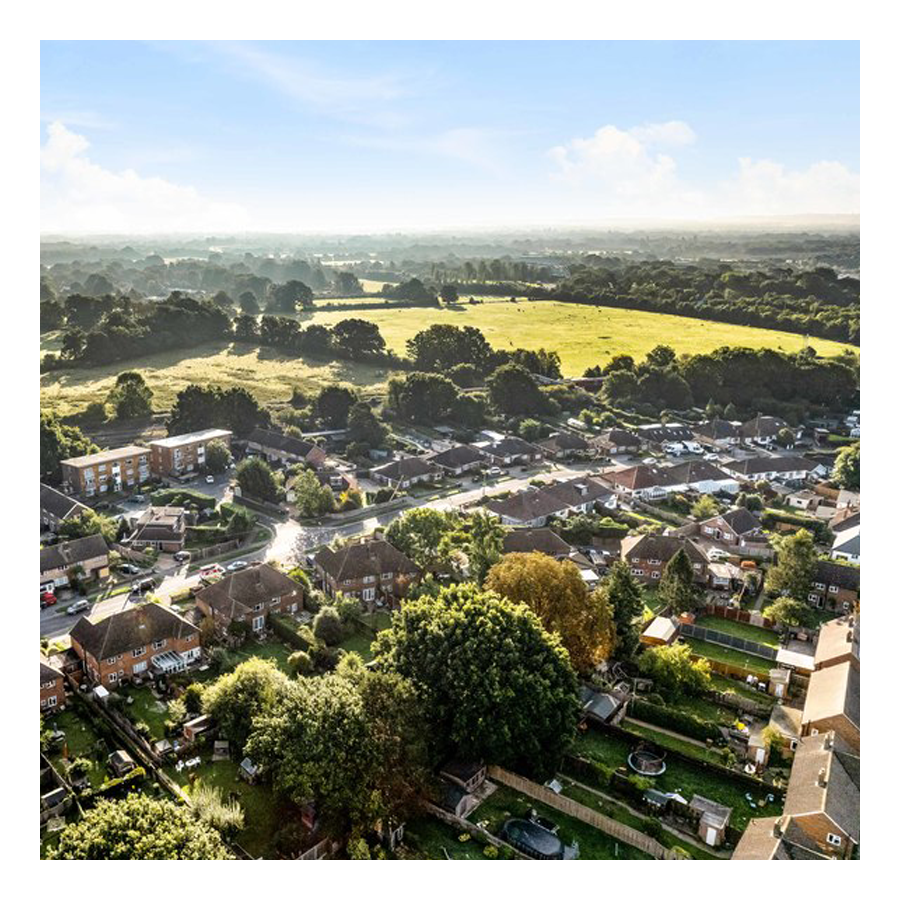
03. Haroldslea
Haroldslea →
This area comprises: The Balcombe Road (B2036) and the roads leading from it between Oakwood School and the A23/M23 link road flyover. For example, Limes Avenue which was originally laid out in 1936 and still retains some of the Lime trees planted at that time.
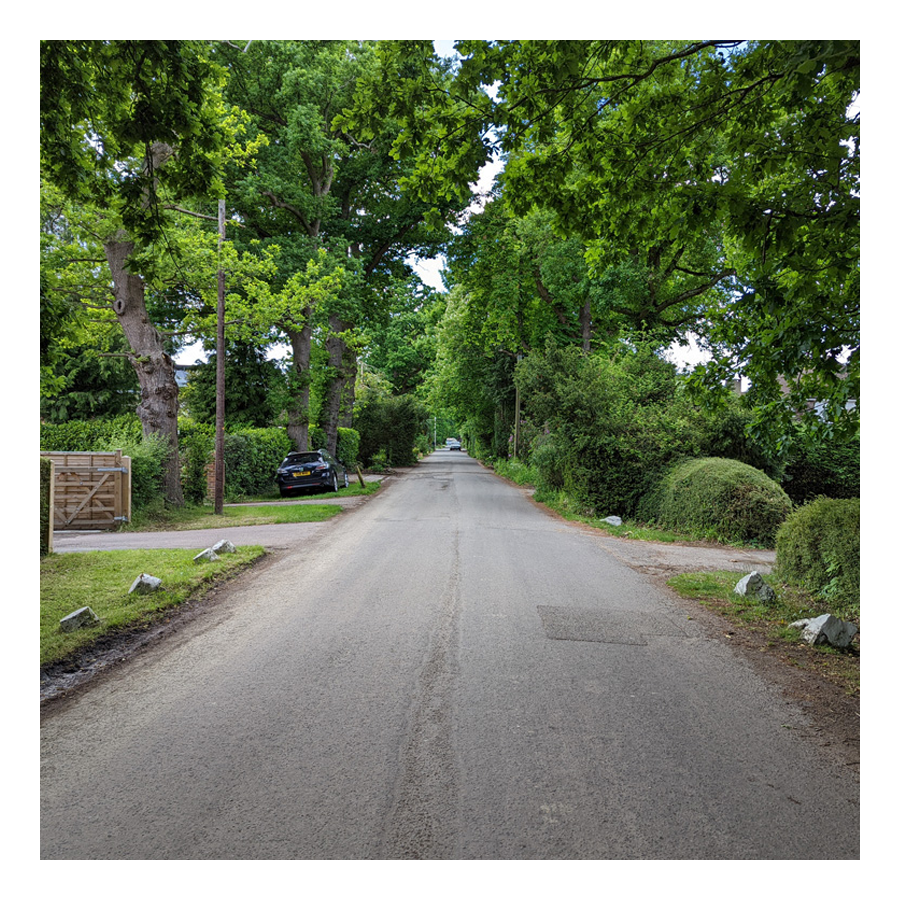
04. Court Lodge
Court Lodge →
This neighbourhood was set out in the 1950s and 1960s. It has a mixture of flats and houses. It is home to Horley leisure centre, several airport hotels and a couple of places of worship.
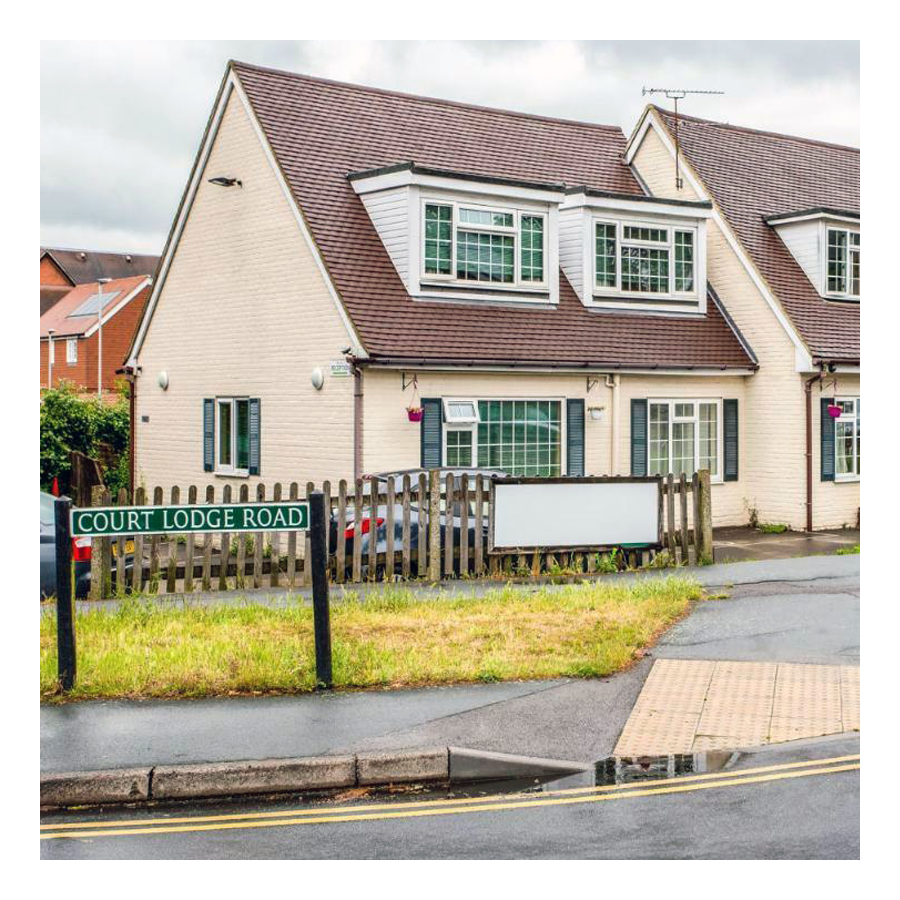
05. Horley Central
Horley Central →
This area includes the town centre which has quite a lot of purpose built residential flats and roads such as Church Road, Massetts Road, Pine Gardens, Ringley Avenue and, Russells Crescent.
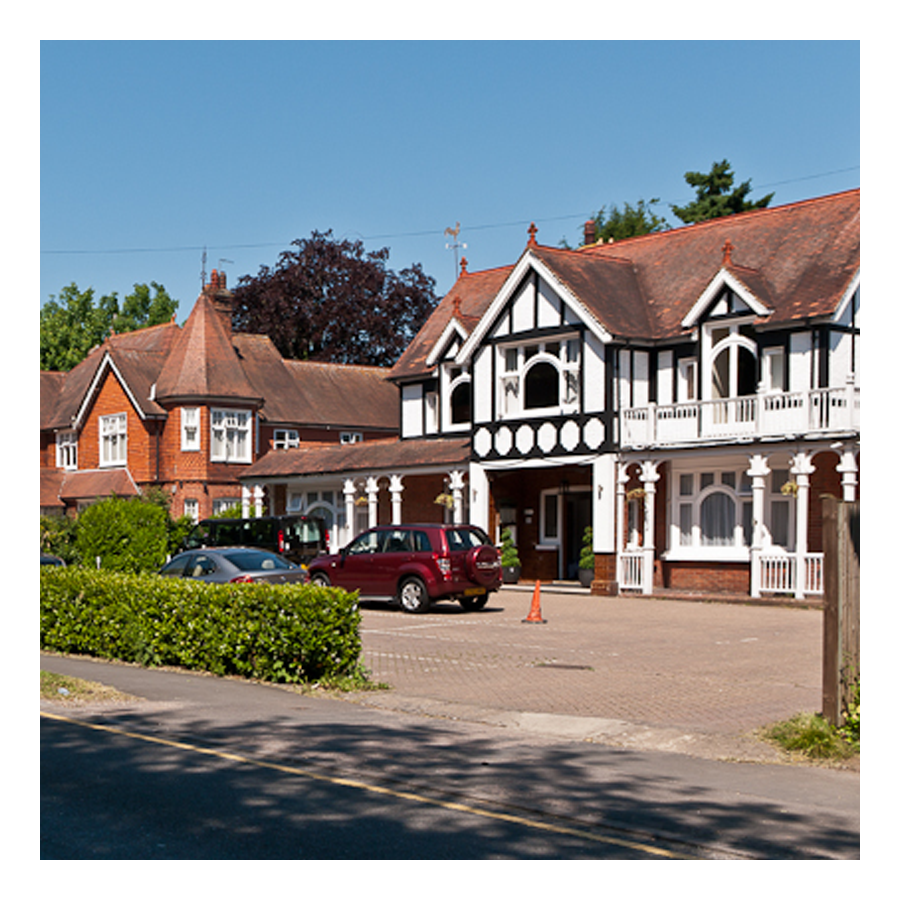
06. Langshott
Langshott →
This area of Horley stretches eastward towards Smallfield. Immediately to its north is the new estate called The Acres. This area is home to Langshott Manor, which was built in 1580; it is now a luxury hotel.
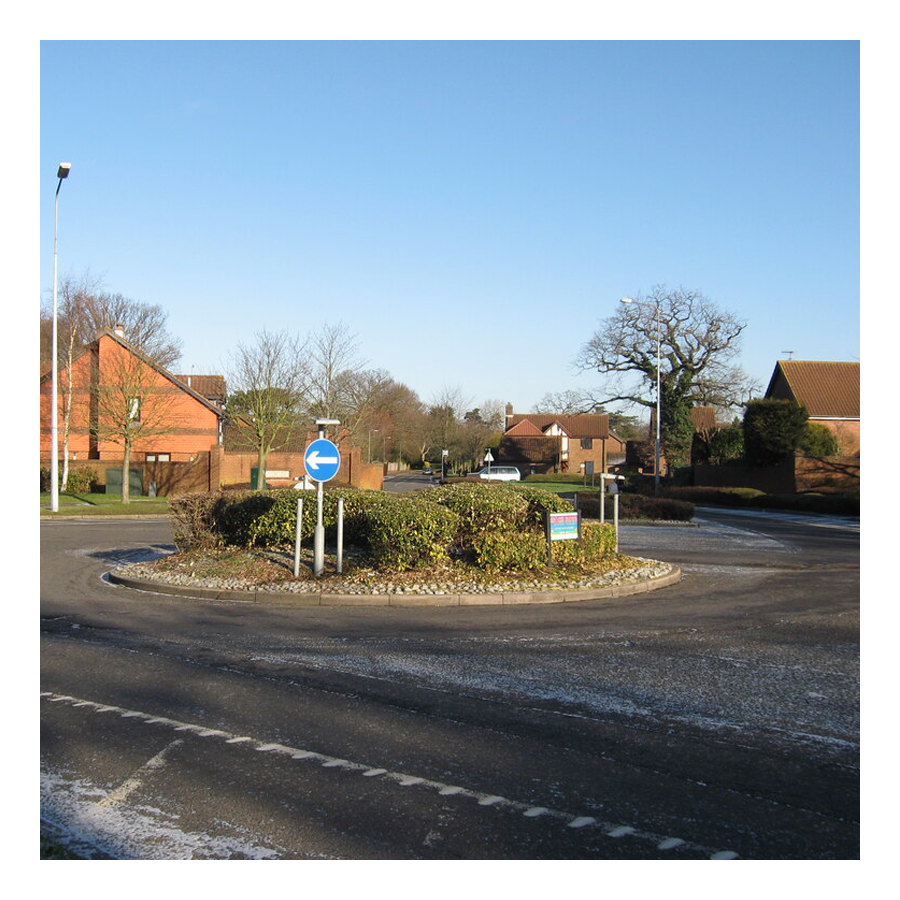
07. Meath Green
Meath Green →
Once upon a time this area was called Moy Grene, and it has some of Horley’s oldest homes. Today, the vast majority of the homes in this area where built from the late 1950s onwards.
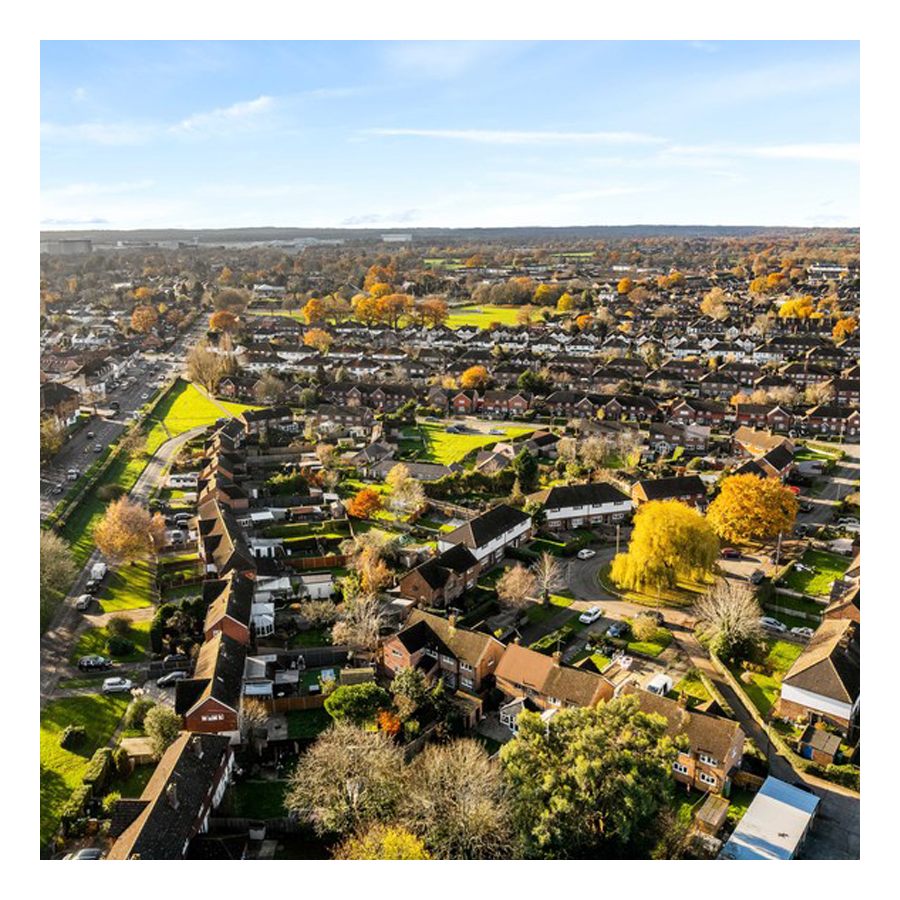
08. The Acres
The Acres →
This new neighbourhood of over 700 homes is in the north east of Horley and Langshott. The development was built mostly by Barratt and Bovis Homes between 2010 and 2016.
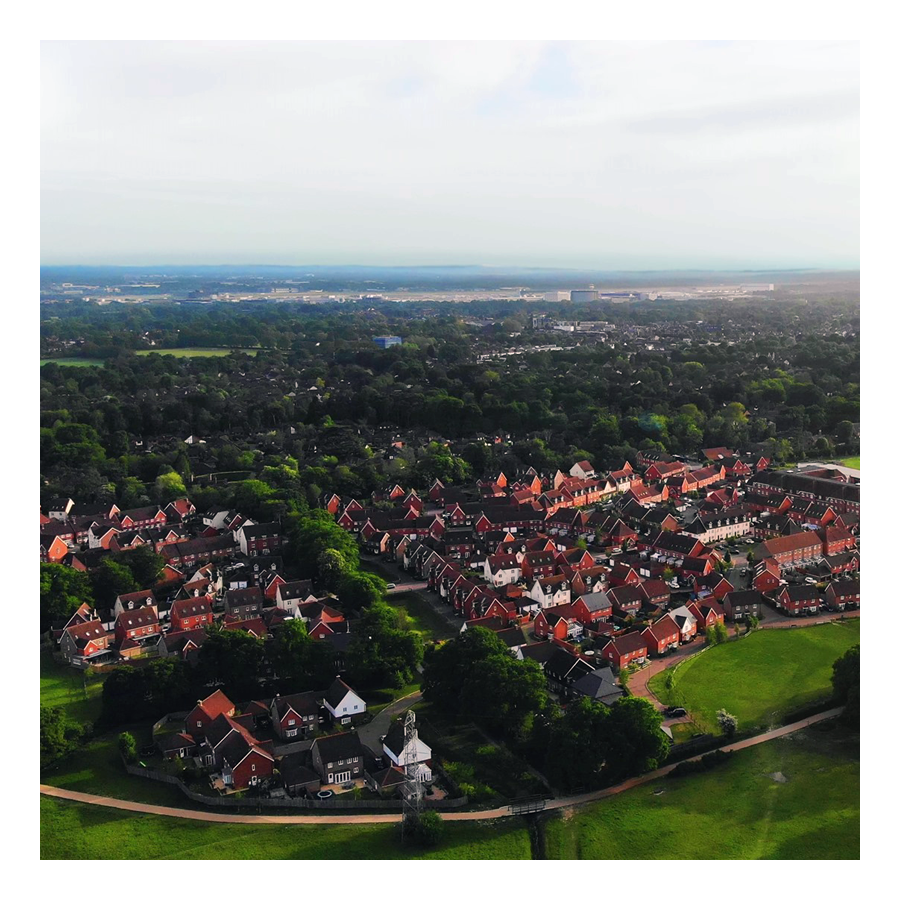
09. West Vale Park
West Vale Park →
This new neighbourhood is to the north west of Horley and joins onto Meath Green. To date, around 1,600 new homes have been constructed:
• Crest Nicholson brochure →
• Fabrica brochure →
• Taylor Wimpey brochure →
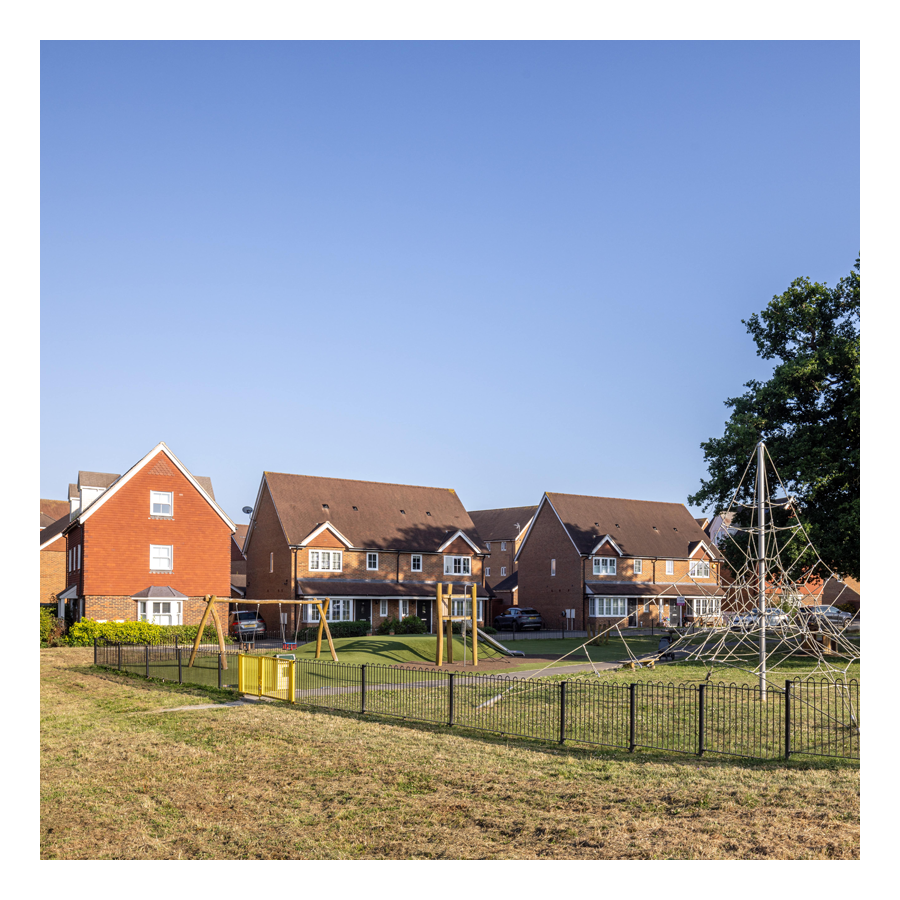
10. Gatwick
Explore Gatwick→
Gatwick airport is included as an area of Horley because historically it was part of Horley and, it remains adjacent to this day. Gatwick, before becoming a major international airport, was a famous horse racetrack which hosted the Grand National on several occasions.
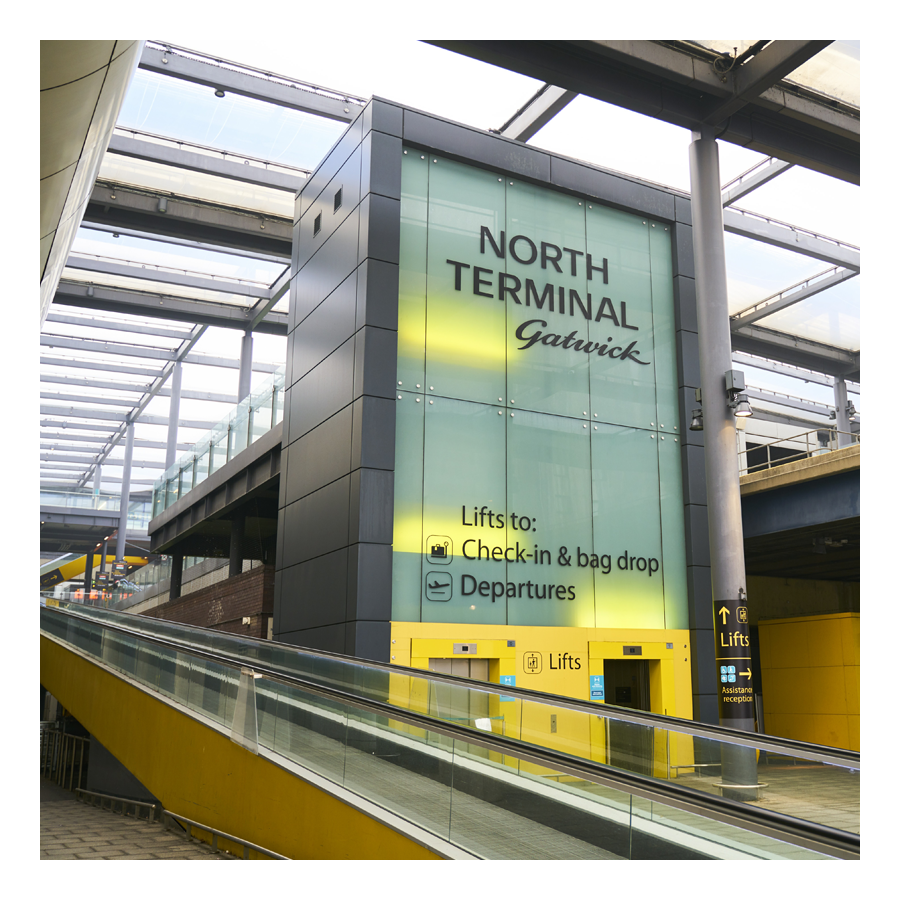
Horley neighbourhoods
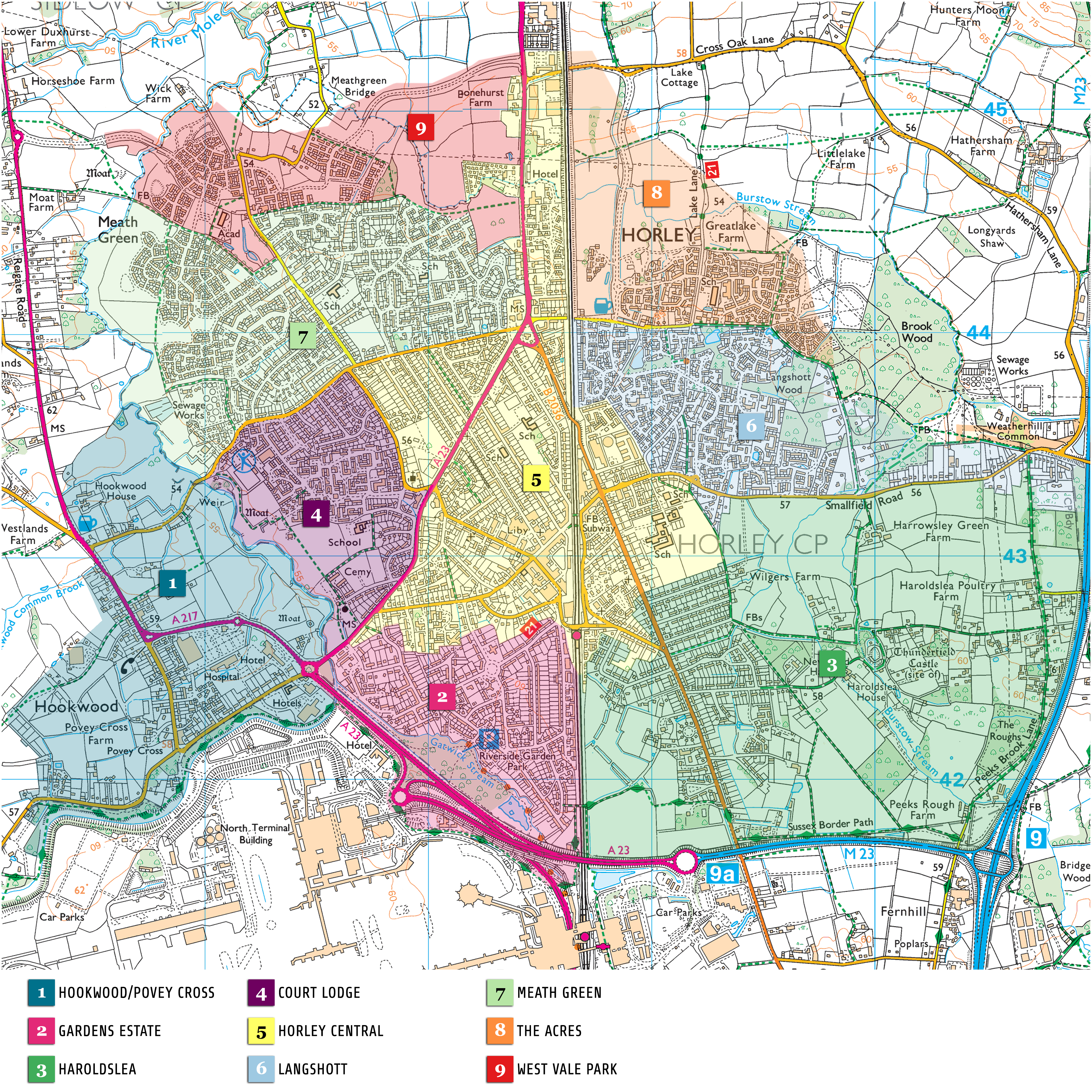
Horley Town


01. Hookwood/Povey Cross
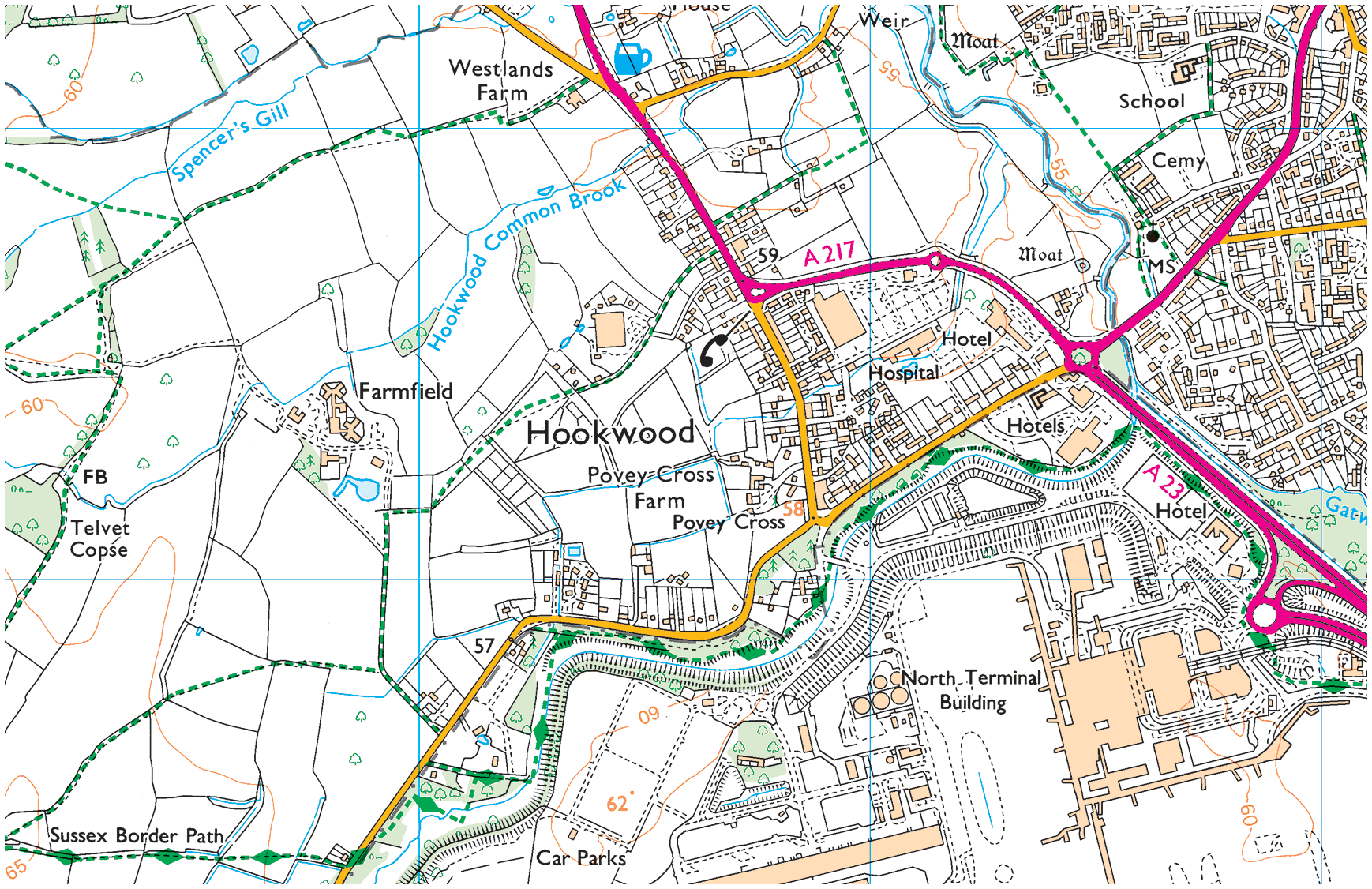
02. Gardens Estate
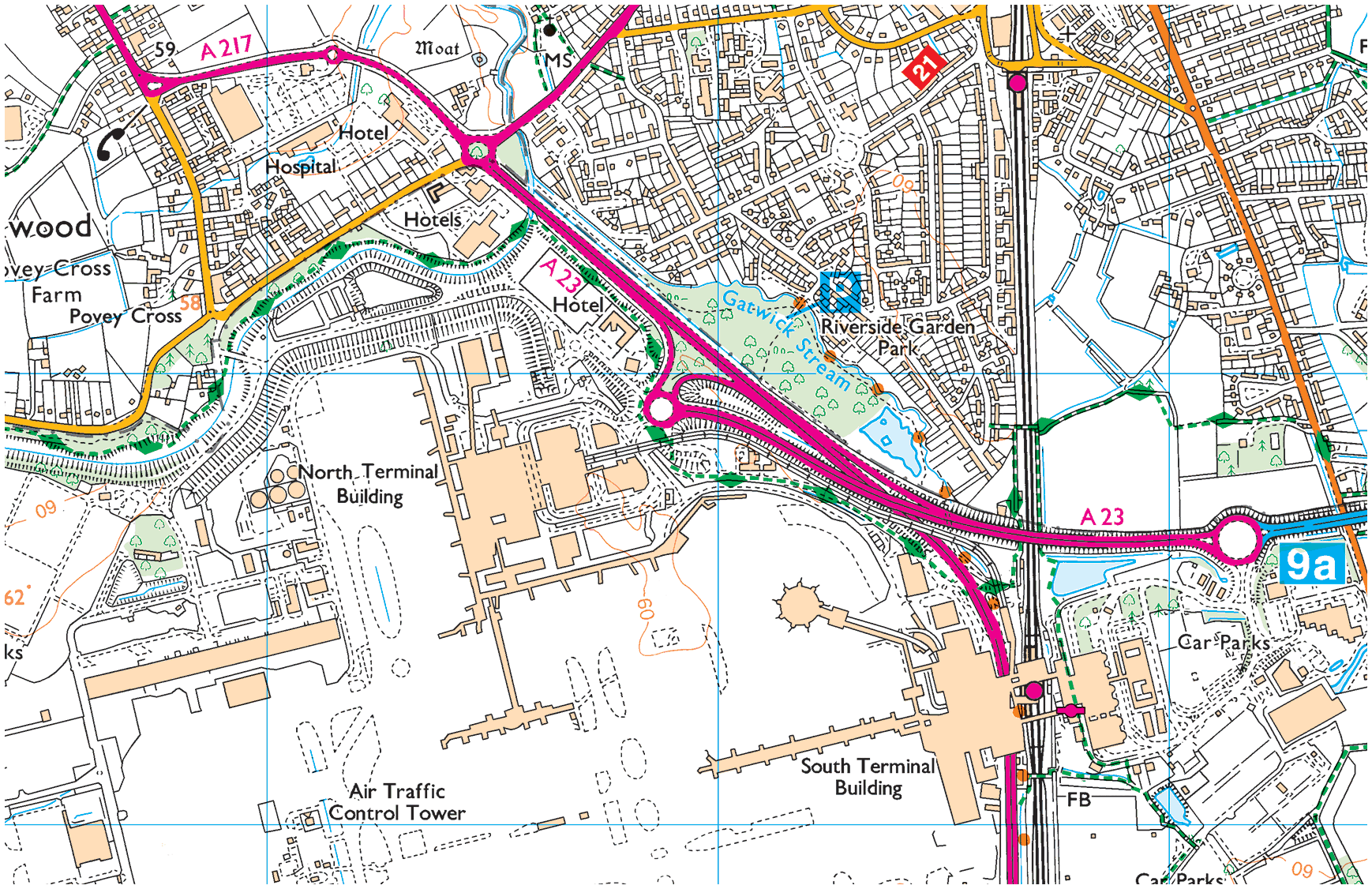
03. Haroldslea
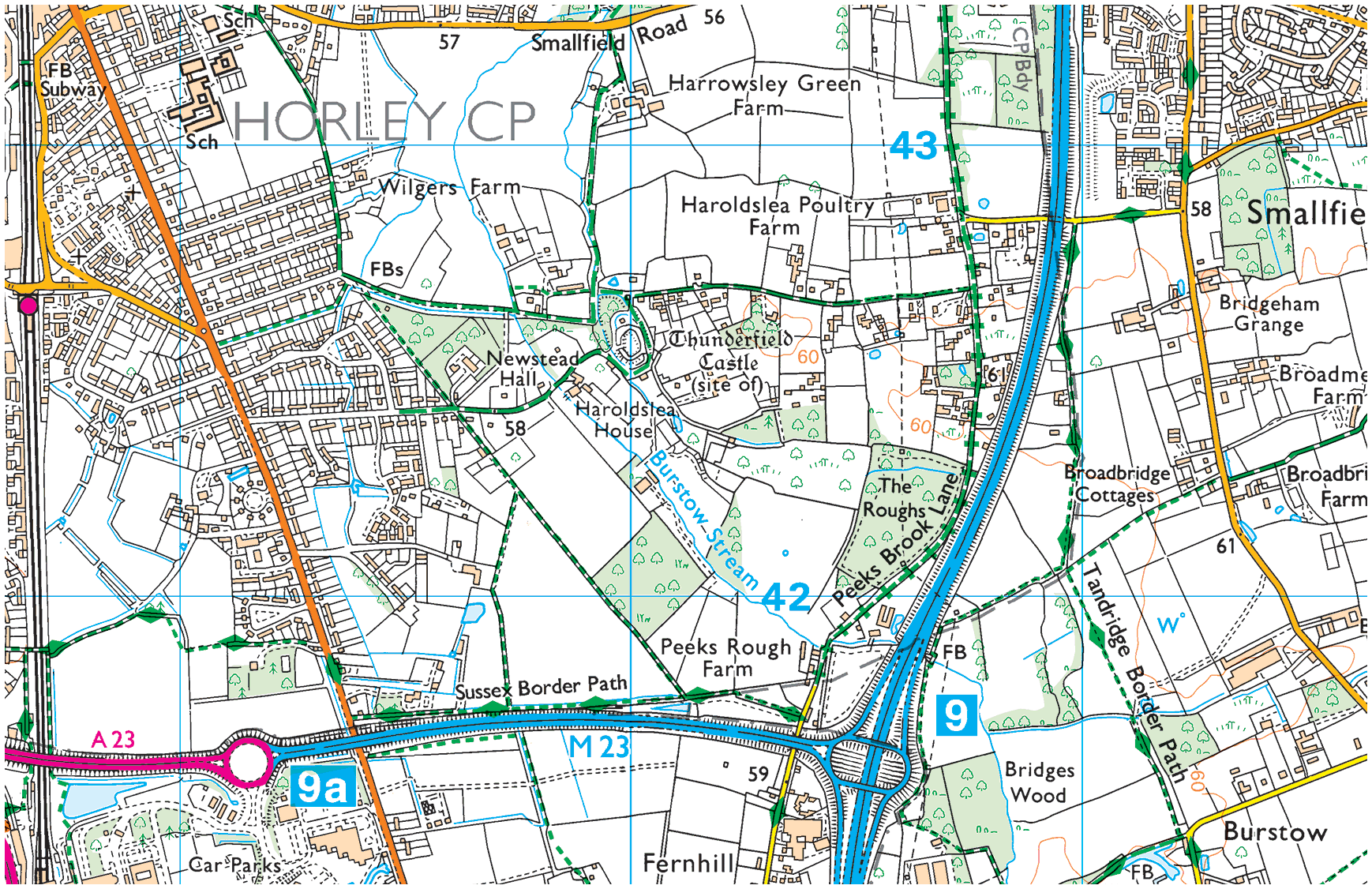
04. Court Lodge
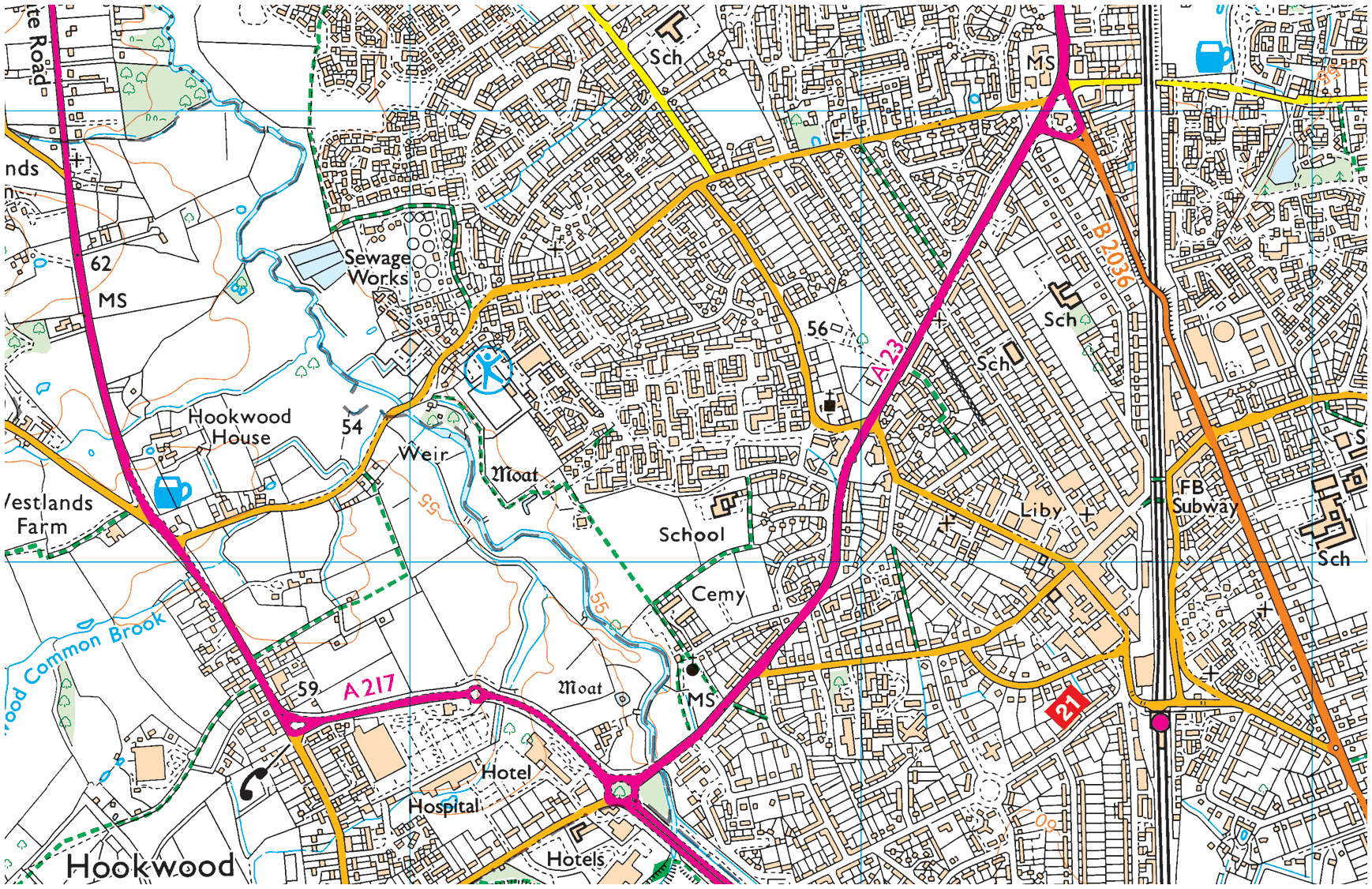
05. Horley Central
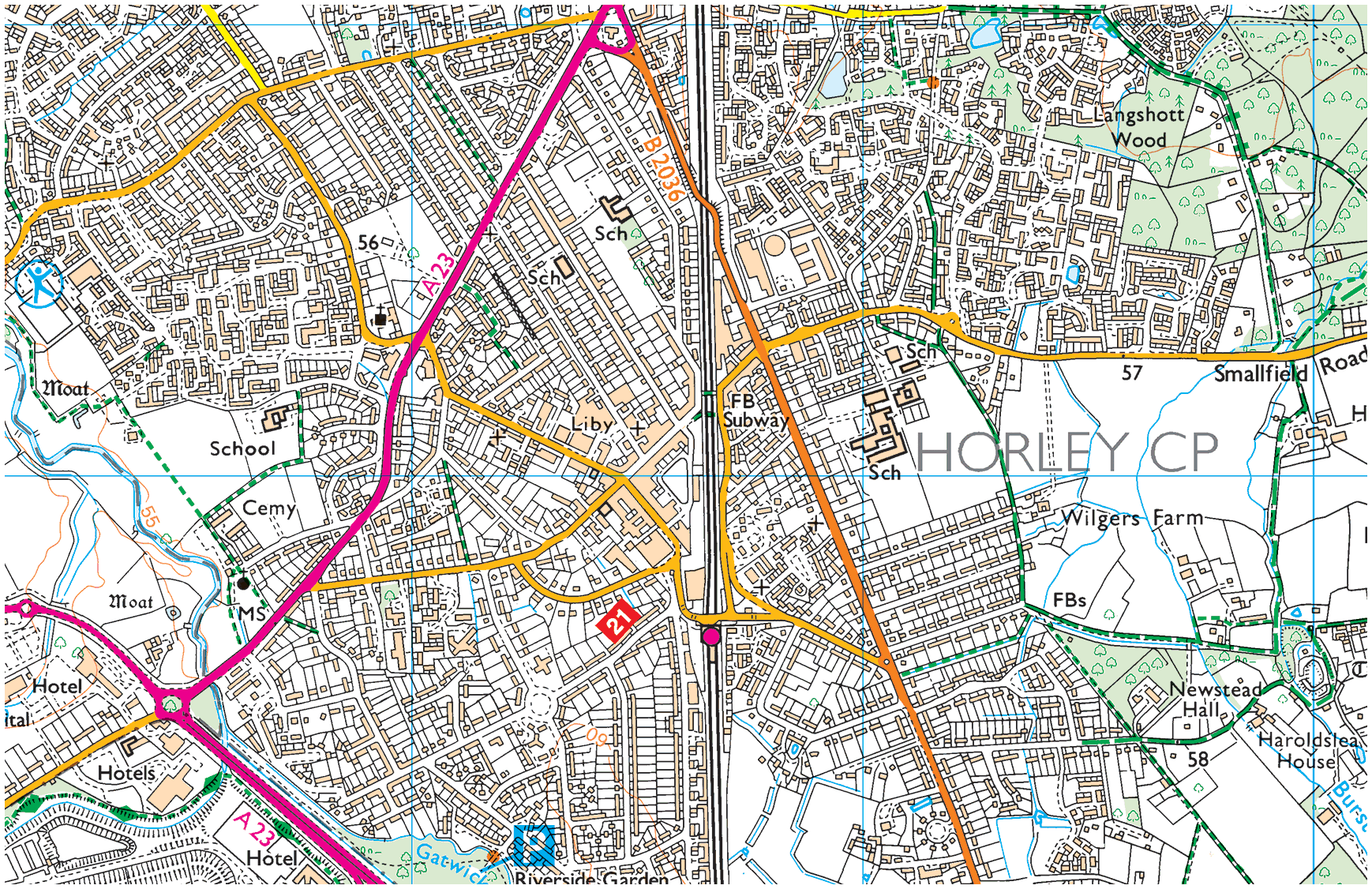
06. Langshott
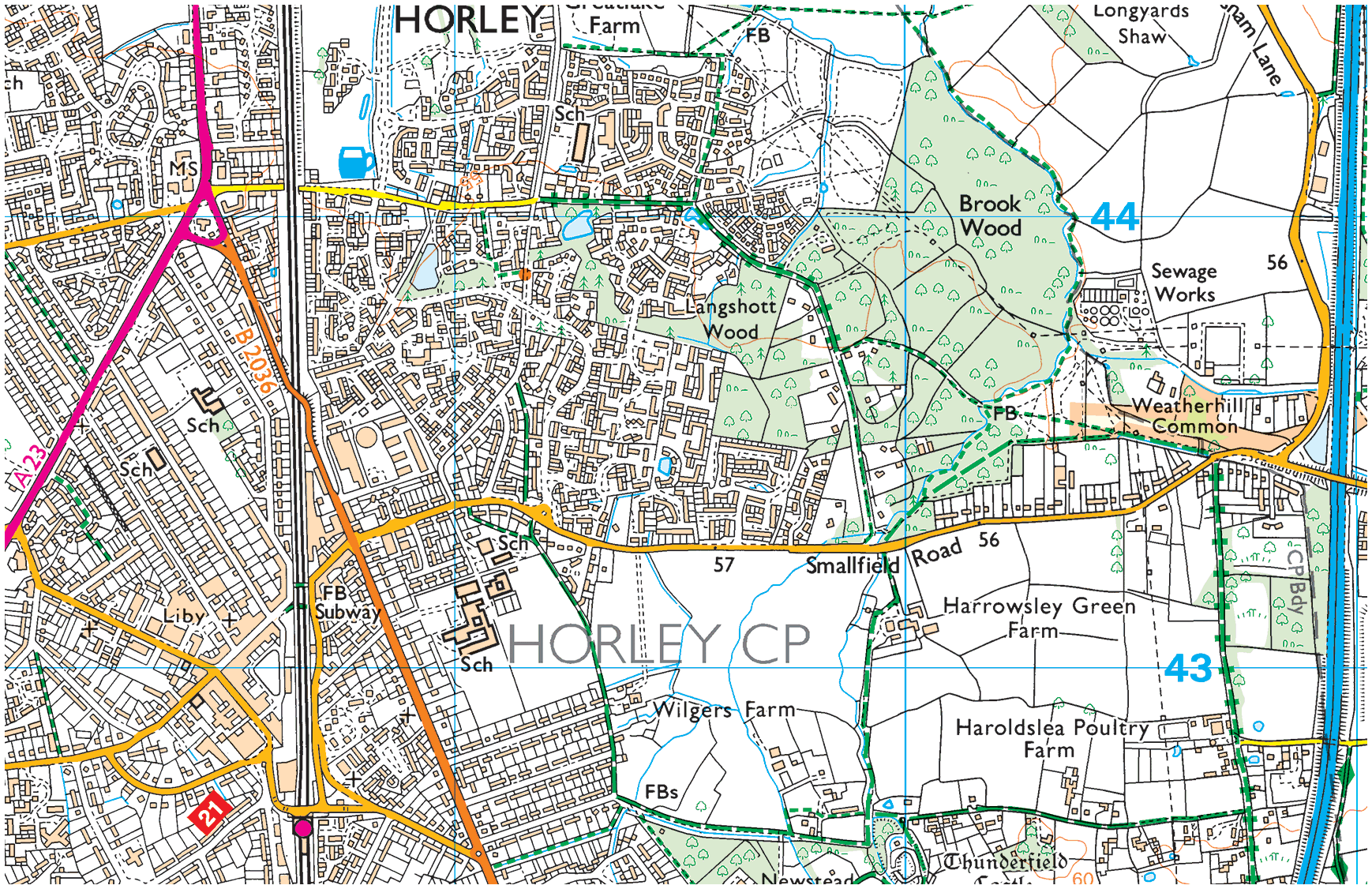
07. Meath Green

08. The Acres
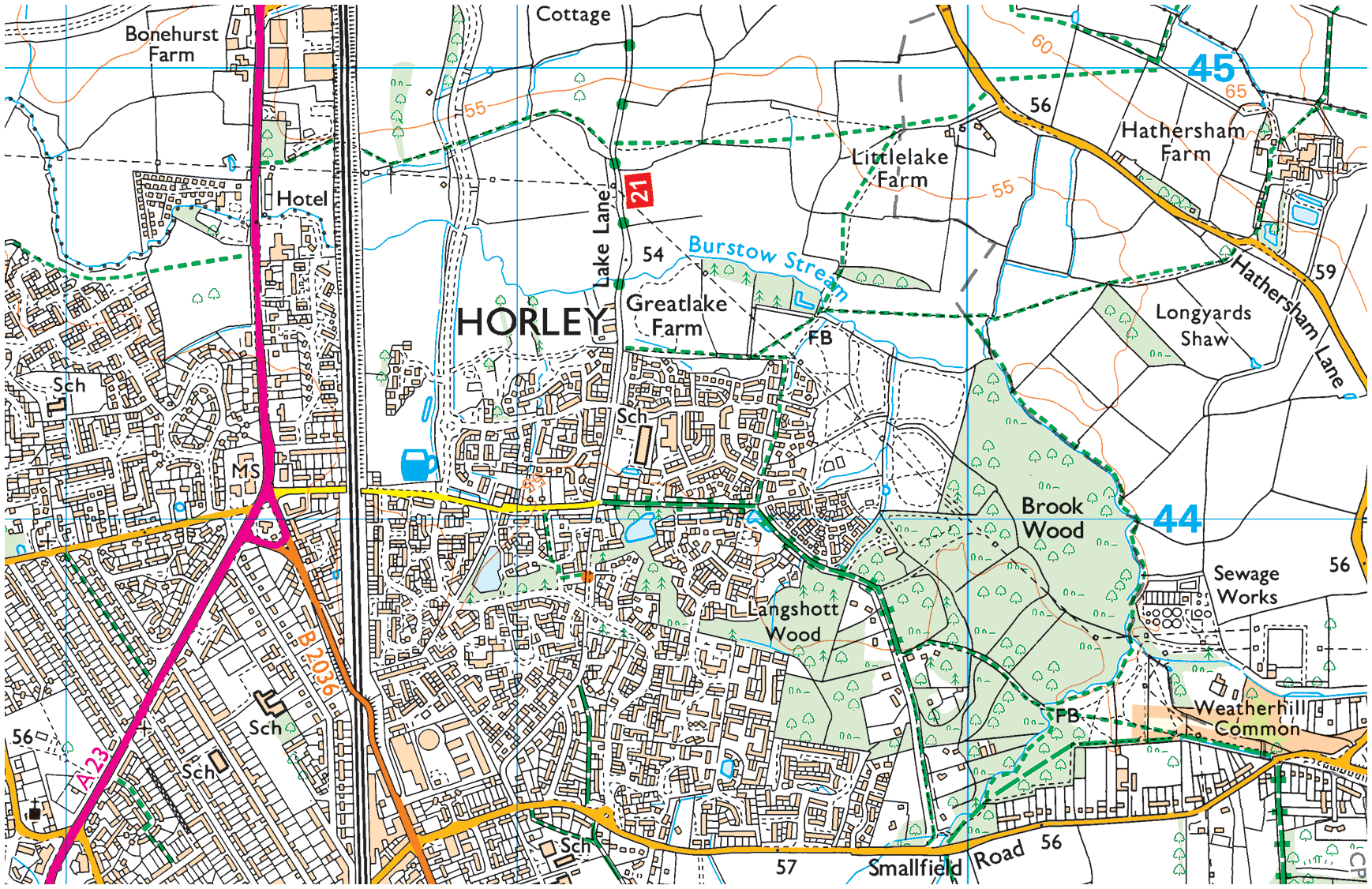
09. West Vale Park
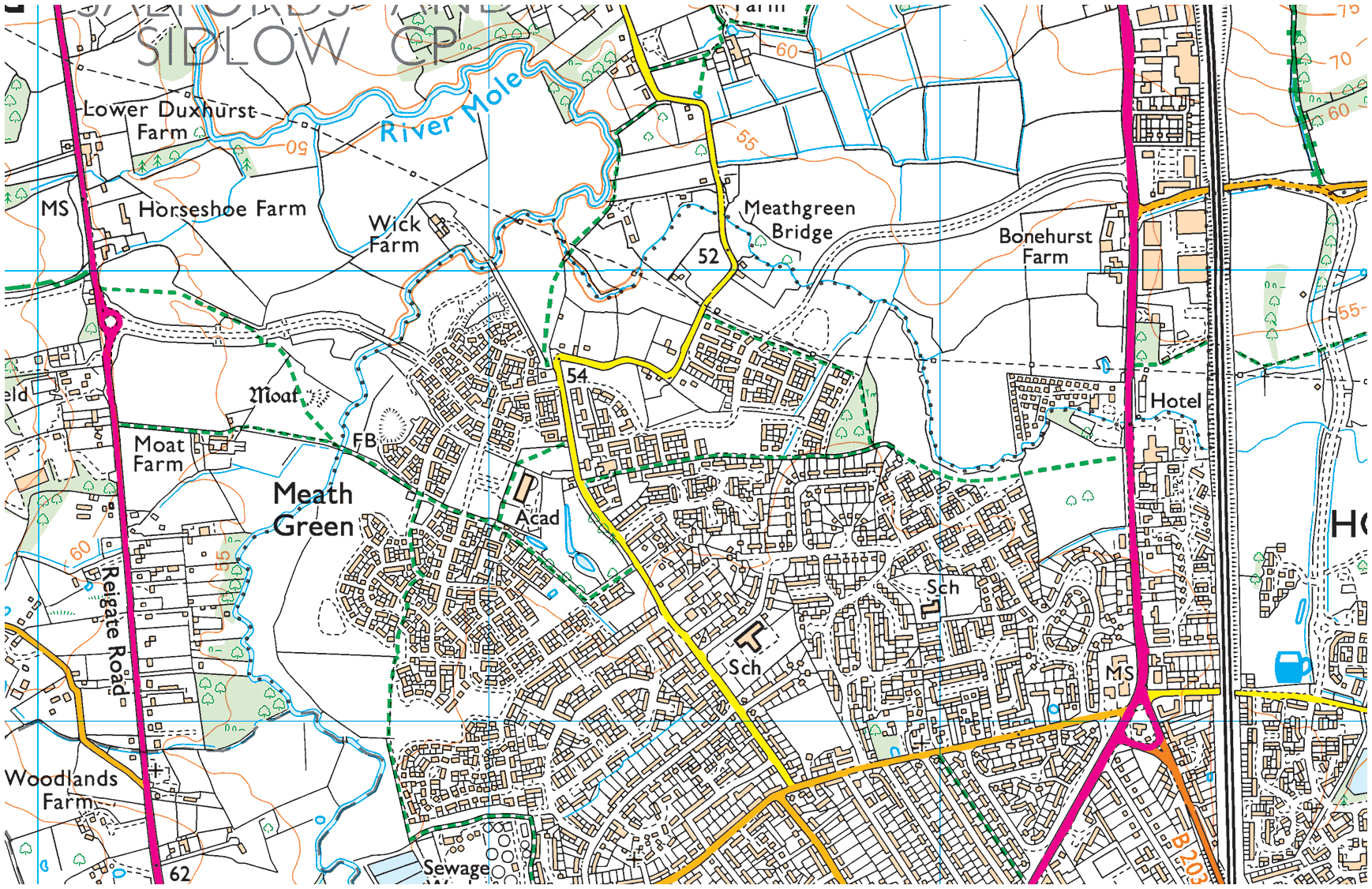
10. Gatwick

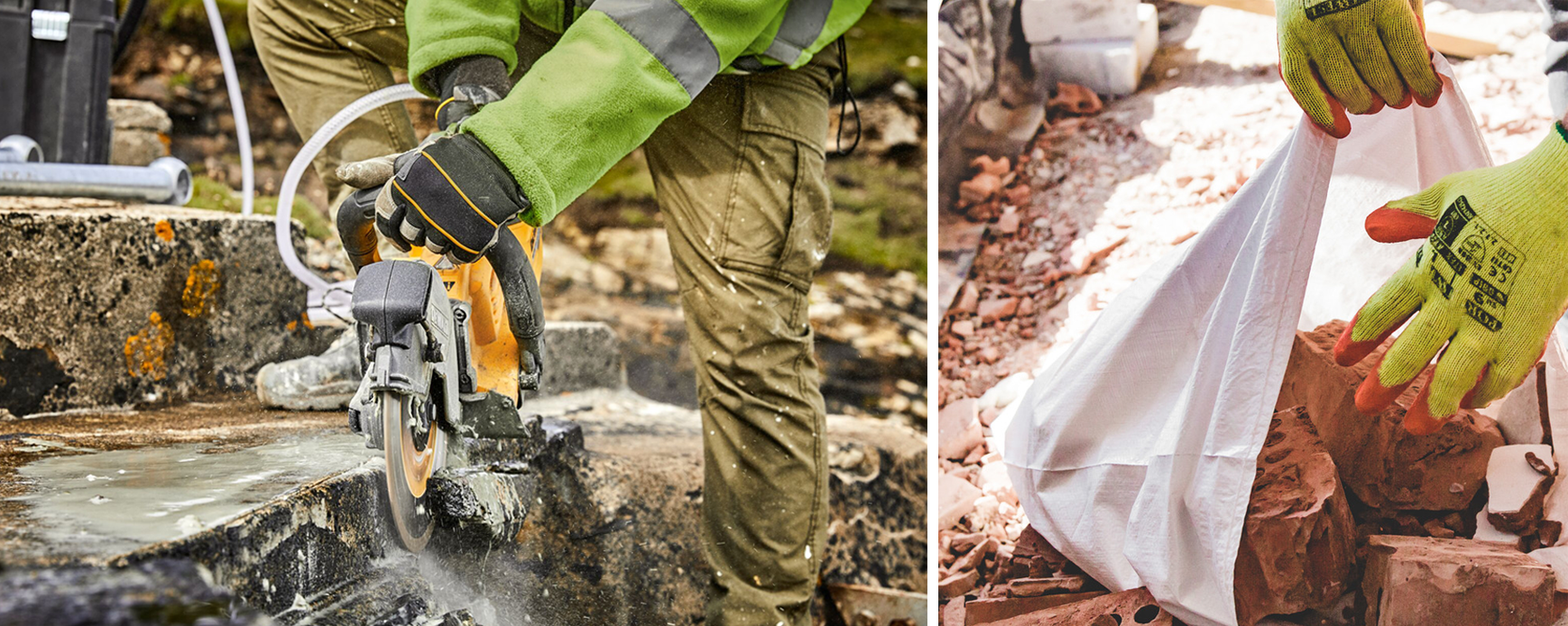

* * *
Footnotes
- As its name suggests, Hookwood developed on a heavily wooded area like Glovers and St Edolphs Woods in Charlwood. These woods are believed to have been there since Saxon times and contain some very rare specimens. Not surprisingly, iron smelting became the main industry during the middle ages. The wood was used to fuel furnaces and build houses. Charcoal, which was used a great deal, was also produced. Most of the other employment came from farming and tanning. Povey Cross House in the Reigate Road dates from this time and was once an Iron Master’s home. Several of the half dozen or so timber framed houses that still exist in Hookwood were probably farm houses or Manor houses, Hookwood Manor which has a minstrels’ gallery is a good example. Hops House, where the Hookwood Windmill was sited, Woodlands Farm and Hunters Moon are very ancient buildings. During the 1700s very little building took place in Hookwood as the soil was poor and the area economically depressed. In 1755 a tollgate was attached to the old Black Horse Inn at the top of Horse Hills. However, when Brighton became popular the road was improved and a new Black Horse was built at the bottom of the hill and the tollgate removed to there. Reigate Road, Hookwood, formerly known as Hookwood Common Road, was the route that the Prince Regent took when travelling from London to Brighton and the “new” Black Horse was built by the roadside for this traveller and entourage. The middle part of the present building is the original construction. Star Cottage was an Ale House—it lies along the old road at the back of the existing road on the old Hookwood Common (in the 1900s the lady living there took in orphans). This is a timber framed cottage which boasts connections with Povey, the Highwayman who “worked” locally and is believed to have been hanged at Povey Cross. At that time Hookwood was little more than a hamlet of scattered cottages nestling along the River Mole—broken up by all the little streams which flowed into it. The road ran through Hookwood Common. The Gatwick Racecourse was adjacent the village and the ladies of Hookwood supplied the teas on race days. Horses and dogs were raced at the racecourse, which was closed in 1937, although there was still a racing stable and a farm working there until 1956. In the 50s the old Racecourse Bandstand was moved to Queens Square in Crawley New Town. The land next to the racecourse was developed as the Gatwick Aerodrome, which was licenced in 1930; the Beehive terminal building opened in 1936 but the aerodrome was obsolete by the 50s—during this time the course of the Mole was diverted. After the first world war, ‘plots’ were bought in Hookwood and quite a few people had smallholdings and nurseries or worked in the brick works (where Tesco now stands). The Victorians built several large houses in Hookwood, amongst them Ferriers Court and Hookwood Lodge. They also began to build smaller cottages along the Reigate Road and Povey Cross Road, and the village developed with its own Post Office/General Stores in the Reigate Road, Langmore Stores at the entrance to Brickyard Lane and a General Stores/Butchers run by the Tizzards in Povey Cross Road, with a further store in Mill Lane referred to by the locals as ‘Lemons’. By the 70s all these shops had closed and been converted into housing. During the war in 1940 there was a raid by a German bomber on the Depot in Hookwood which housed a NAFFI, a Petrol Store, AA/searchlight workshop and general RAOC store—only one man was killed but extensive damage was caused and the pilot machined-gunned the village as he flew away—it is reported that he later crashed. An incendiary bomb landed beside Tizzard’s in Povey Cross Road and a big machine gun was sited in the field between Hookwood Farm and The Black Horse. The depot site, opposite Kennel Lane, is now small industrial units and the houses to the left of this entrance were the three police houses, the largest being the Sergeant’s house—sold long ago on the open market. After the war at the time when cycling became popular some of the houses provided refreshments for passing cyclists. Melrose Farm was a poultry farm and had Nissan huts in which the owner, Mrs Hodgkinson, put cyclists up for the night. Around 1966 a very nasty murder took place in one of the houses in the village, which greatly shocked the local residents. Reigate Road, Hookwood Hookwood had had strong links with Lowfield Heath before the A217 was re-routed to join the A27 at Longbridge instead of Povey Cross and with the development of the Airport many houses south of Povey Cross were demolished and the road bisected by the runway. Although most of the houses in Lowfield Heath were demolished, the church still exists and at present is leased to an Evangelical congregation. The Lowfield Heath windmill was dismantled and resited in Charlwood at the bottom of Russ Hill. Sir Malcolm Campbell, the land speed record holder moved to Povey Cross House in 1931. He and his mechanic, Leo Villa, worked on his vehicles for land and speed record attempts. Malcolm Campbell was knighted in 1931 and shortly afterwards moved to Headley Grove—he died in 1948 but the tradition was carried on by his son Donald, who broke 8 world speed records and was the only man to break a land and water speed record in the same year. He also lived in the area and was at Roundwood in Horse Hills for some time—he died attempting a new speed record on Coniston Water in 1967, but the tradition goes on. The continued expansion of Gatwick Airport ate into the countryside on the South and the expansion of Horley in the sixties to the East, and Hookwood continued to grow. The old brick works were sold to Hoovers in the sixties who built their distribution depot there, and this was subsequently sold to Tesco. There had been a large lake at the rear of the Brickyard, enjoyed by the local residents, but this was filled in when Tesco bought the land and is now under their car park. The Withey estate was built with starter homes and was ideal accommodation for a growing community—the latest development in Hookwood was Mistley Gardens in 2004. Hookwood still has countryside walks and footpaths taking you away from the major roads. It is possible to walk along the river to Charlwood (in the Spring there are bluebells and orchids in the woods). ↩︎
